Rusty tiles are an eyesore that may spoil the elegant look of your house. Since rust can be caused by various sources, including metal furniture, tools, or plumbing leaks, they can be quite hard and tiresome to get rid of. Luckily, there are simple and efficient ways to bring your tiles back to their former glory. In this article, you will explore different methods for removing rust stains on tiles without leaving any unsightly marks on your surfaces.
Other Topics You Might Like
Helpful Products You Might Like
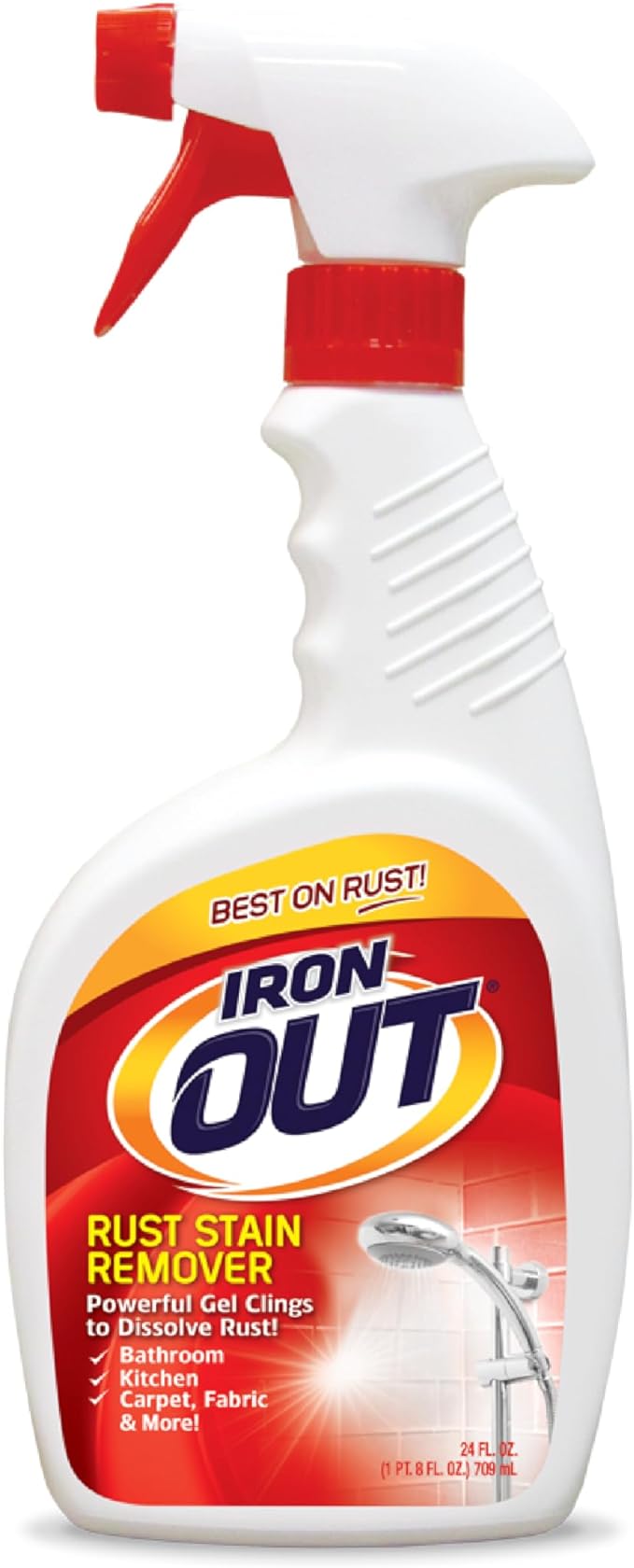
Iron OUT Rust Stain Remover Spray Gel
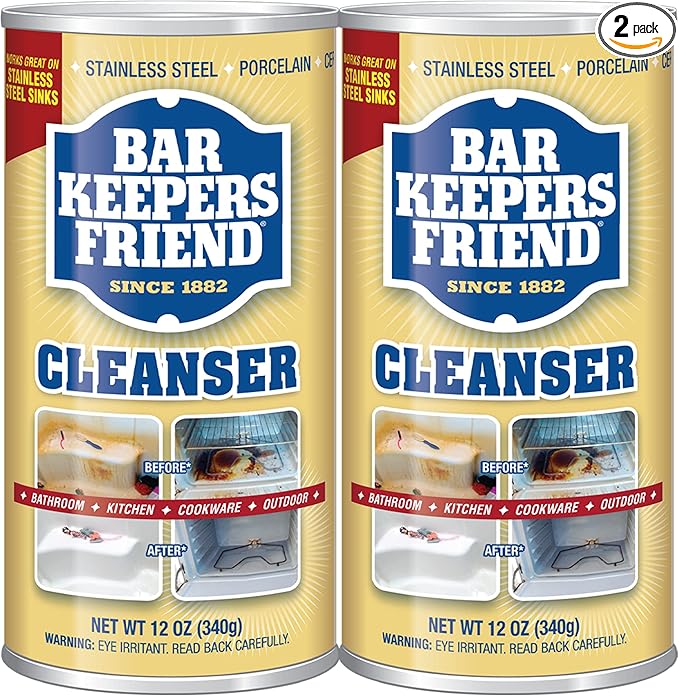
Bar Keepers Friend Powder Cleanser
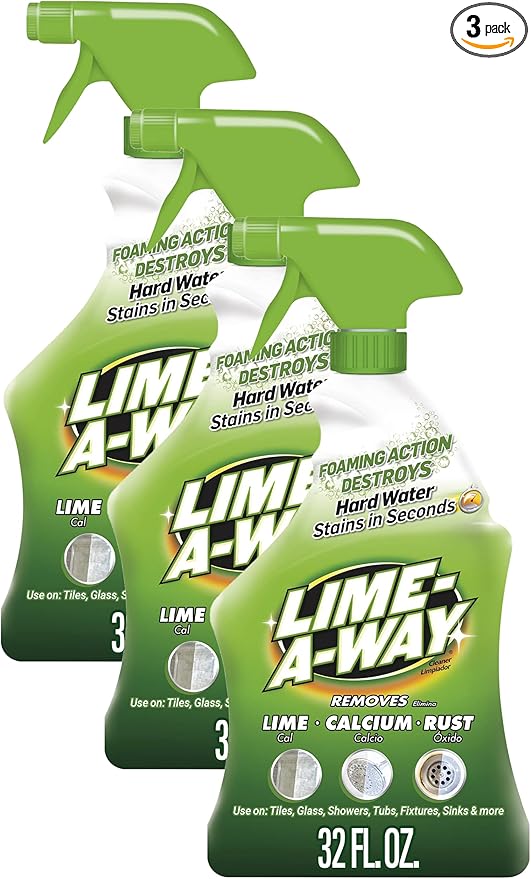
Lime-A-Way Bathroom Cleaner Bottle
"(Paid Links)" 
Rust Stains What Are They?
Before we discuss methods to remove them, let’s discuss rust stains. Rust is the oxidation of iron or iron-containing metals that leads to the “rust” red-brown coloration. This usually happens if metal objects are permanently submerged in water or moisture, which is why floors and shower tiles in bathrooms, kitchens, and outdoor areas are most neglected
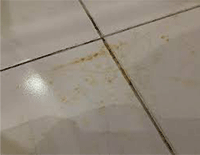
Basic Supplies You Will Need
Before starting the rust removal process, gather the following supplies:
Method 1
Vinegar or Lemon Juice
Apply the Acid
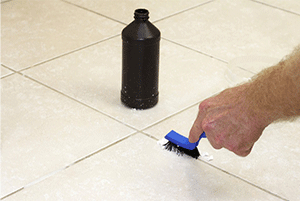
Rust stains can be treated using natural acids like lemon juice or white vinegar. Pour vinegar or lemon juice over the rust stain to soak it. Leave it for 10 to 15 minutes so that it penetrates.
Scrub the Area
For vinegar or lemon-juiced portions left to sit, you can use a non-abrasive scrub brush or sponge to blot the stained area. Do not scrub with steel wool or any hard scrubbers to avoid scratching the tile surface.
Rinse and Dry
After removing the stain, the area should be well rinsed with warm water to wash away the acid. Now, press a soft cloth or kitchen towel to dry the tile so that new rust does not appear.
Method 2
Baking Soda Paste
Make the Paste
Make a paste from baking soda and a small amount of water. Because baking soda has coarse particles, it helps lift rust stains without breaking the surface of the tile.
Apply the Paste
Apply the baking soda paste on the rust stain until it is quite packed. Leave it for thirty minutes to one hour for it to work fully.
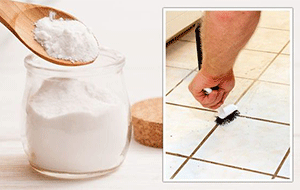
Scrub and Rinse
Using a non-abrasive scrub brush, systematically apply the scrub paste in modicum over the stain and scrub gently. After this, the area should be rinsed with warm water and wiped dry completely.
Method 3
Hydrogen Peroxide
Apply Hydrogen Peroxide
Stains on the surface that are too difficult to remove may be restored with hydrogen peroxide. Place a small amount of 3% hydrogen peroxide within the area of the stain.
Let It Sit
It is advisable to leave the hydrogen peroxide on the stain for 15-20 minutes. This will help loosen the rust particles.
Scrub and Rinse
Once it has set, gently scrub the area using a soft-bristled brush and wash it off with water. Wipe the wet tile with a cloth to avoid soaking the tile.
Conclusion
You can remove rust stains efficiently with proper methods and materials. Use natural acids, baking soda paste, or hydrogen peroxide to restore the aesthetic appearance of tiles that could be ruined. Make sure that you also take some preventive measures towards maintaining the pristine condition of your tiles for an equally beautiful and welcoming spot for many more years.
